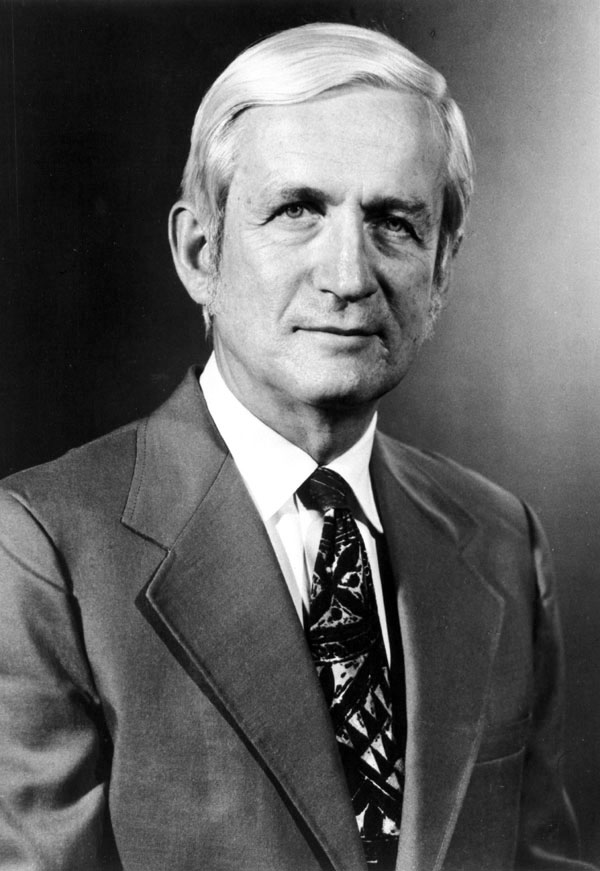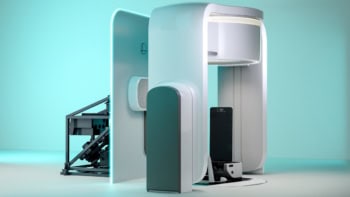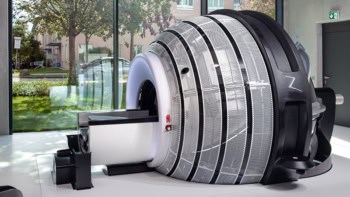
The US physicist Norman Ramsey, who shared the 1989 Nobel Prize for Physics, died on 4 November at the age of 96. Ramsey’s work on probing the structure of atoms to high precision was instrumental in the later development of the atomic clock, as well as in medical applications such as magnetic resonance imaging (MRI), which is now widely used to image nuclei of atoms inside the body.
Ramsey’s pioneering work in the 1940s followed that of his PhD supervisor – Nobel laureate Isidor Isaac Rabi from Columbia University. In 1937 Rabi invented a technique called atomic-beam magnetic resonance to study the structure of atoms by probing their transition levels with radiation. This technique involves passing a beam of atoms through a homogeneous magnetic field before subjecting it to a single oscillating electromagnetic field, which is set to a frequency that induces transitions between certain energy levels in the atoms. The radiation emitted has a characteristic frequency or wavelength that depends on the energy difference between the two levels.
Any inhomogeneity in the magnetic field, however, was found to widen the resonance line and therefore have a negative impact on the accuracy of the experiment. In 1949 Ramsey modified Rabi’s method by introducing two separated oscillatory fields. This means that the atoms can be excited in either one of the two regions, thus producing an interference pattern with a sensitivity that depends on the distance between the two oscillatory fields but that is independent of the degree of homogeneity of the magnetic field between them. This made it possible to greatly improve the accuracy of the Rabi’s method – reducing the width of the transition spectral line by as much as 35%.
Ramsey’s breakthrough allowed more precise measurements of atomic-energy spectra and has subsequently been used in caesium clocks, which have provided our standard of atomic time since 1967. His technique also provided the basis for nuclear-magnetic-resonance spectroscopy and MRI. In 1960 Ramsey and colleagues also began to develop the hydrogen maser – a device that produces coherent electromagnetic waves through amplification by stimulated emission – together with Daniel Kleppner from the Massachusetts Institute of Technology.
It was for this work – the “invention of the separated-oscillatory-fields method and its use in the hydrogen maser and other atomic clocks” – that Ramsey was awarded half of the 1989 Nobel Prize for Physics. The other half was shared by Hans Dehmelt from the University of Washington and Wolfgang Paul from the University of Bonn, Germany, “for the development of the ion-trap technique”.
Born on 27 August 1915 in Washington, DC, Ramsey went on to study mathematics at Columbia College in New York and graduated in 1935. He then moved to Cambridge University in the UK, where he obtained a second Bachelor’s degree – this time in physics – before heading back to Columbia to do a PhD in the new field of magnetic resonance that was supervised by Rabi. Ramsey stayed on at Columbia until 1947, before moving to Harvard University where he spent the remainder of his career before retiring in 1986.



